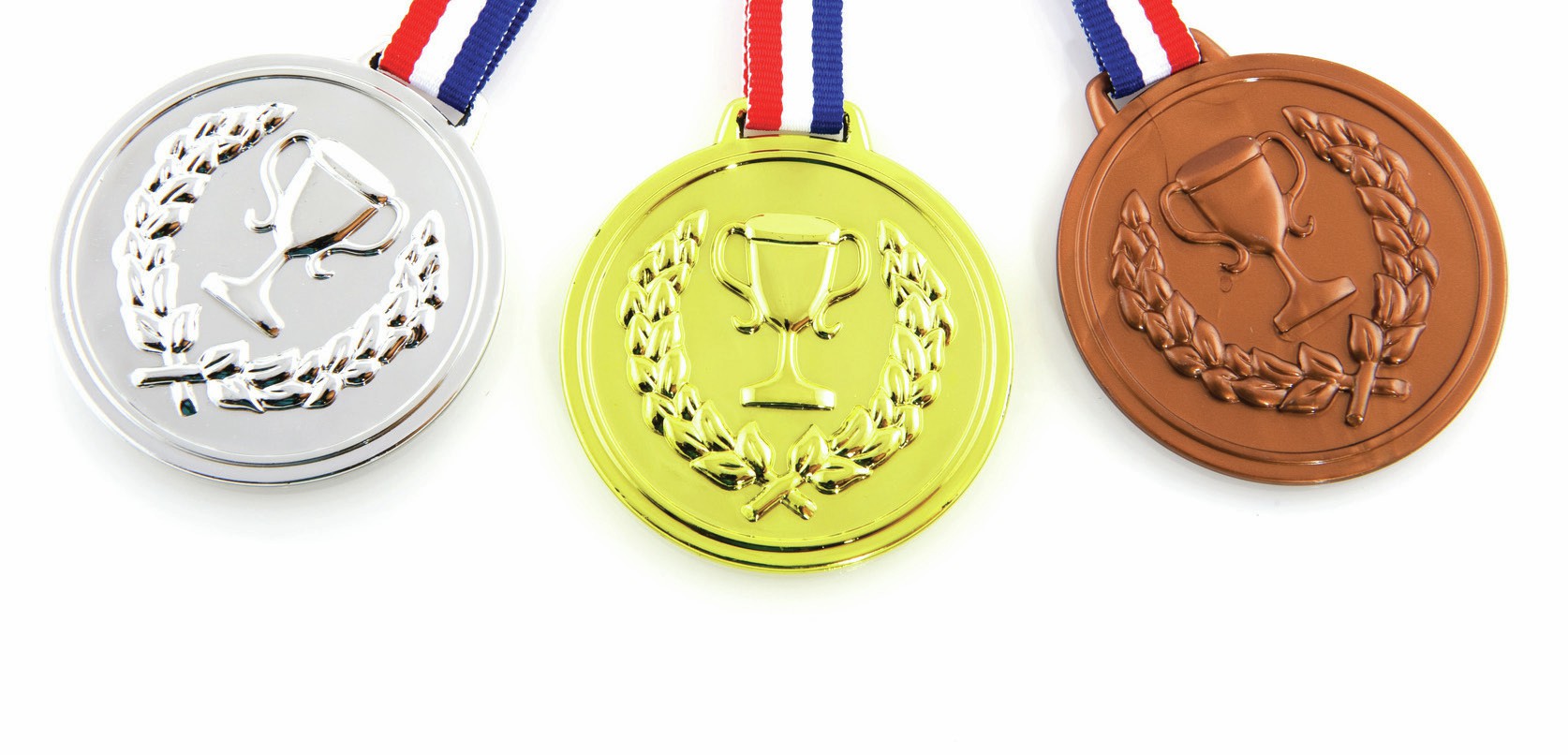
Victoria (Torz) Anderson, 17, currently plays as an attacker for the England lacrosse team at under-19 and senior level. She started playing lacrosse in year 7 and quickly developed an aptitude for the game. Victoria’s greatest achievement so far has been playing in the Home International Tournaments (seniors and under-19s) in March/April 2010. She is an all-round athlete, having finished second in the high jump competition at the English Schools Athletics Championships.
Victoria is studying A-Level physical education and is aware of the differences between intrinsic and extrinsic motivation and how they relate to her performance. Intrinsic motivation is the need to achieve something for personal satisfaction and a sense of accomplishment, where the reward may well be feelings of greater self-worth, status and satisfaction. Extrinsic motivation is the drive experienced as a result of the potential to receive an external reward. These rewards may be tangible, such as medals, trophies and money, or intangible, such as crowd appreciation or congratulations from significant others etc.
Your organisation does not have access to this article.
Sign up today to give your students the edge they need to achieve their best grades with subject expertise
Subscribe




